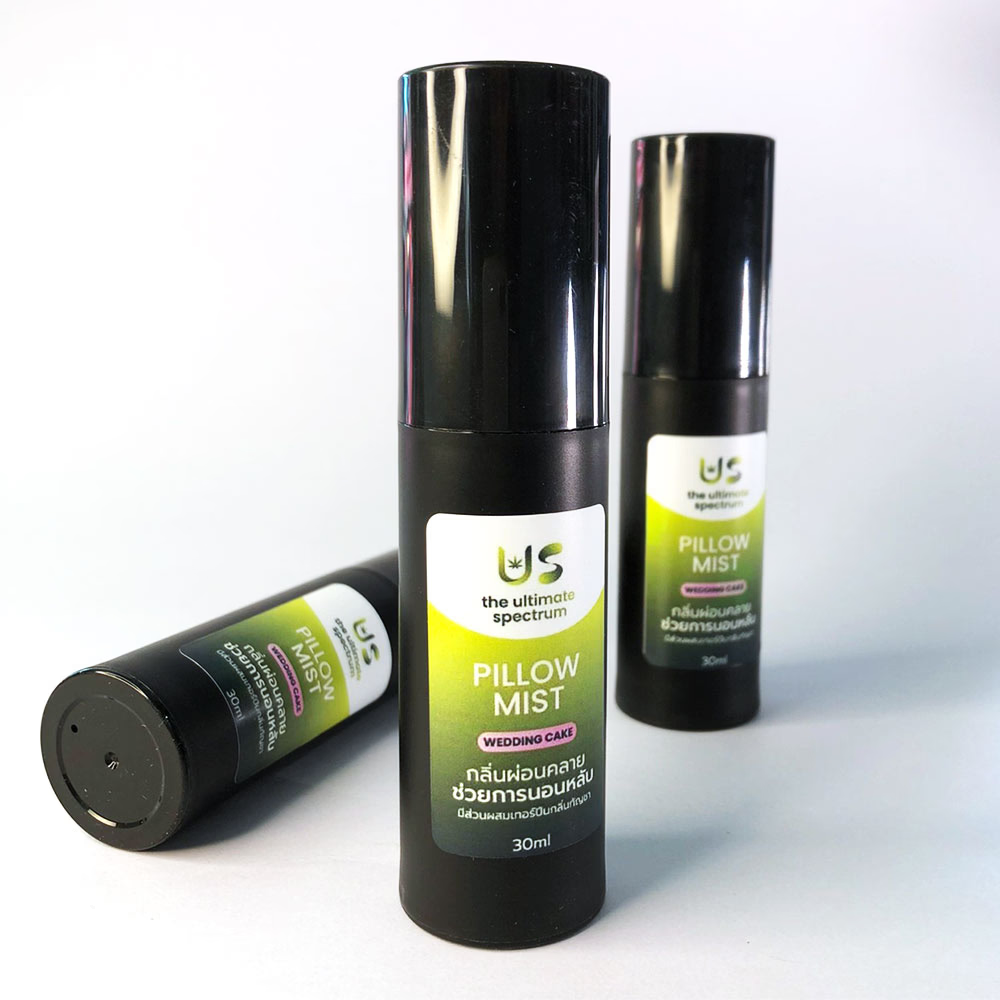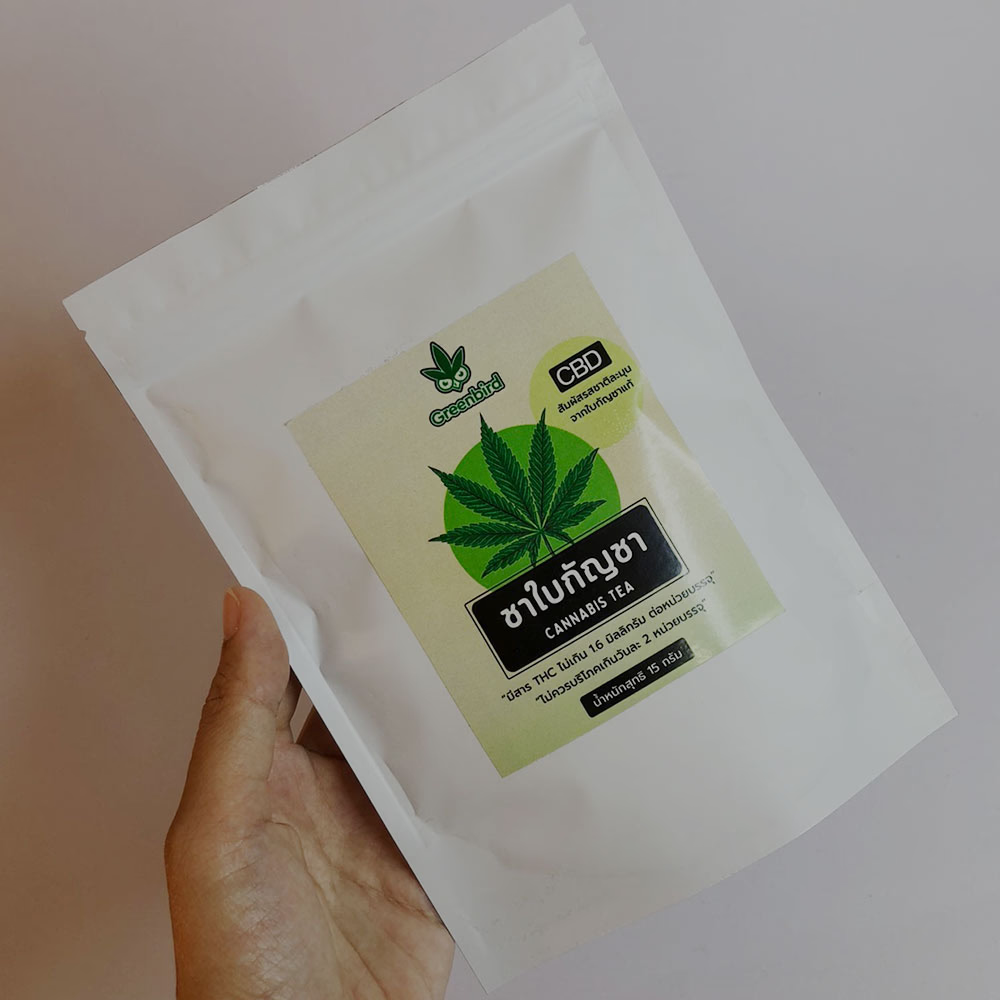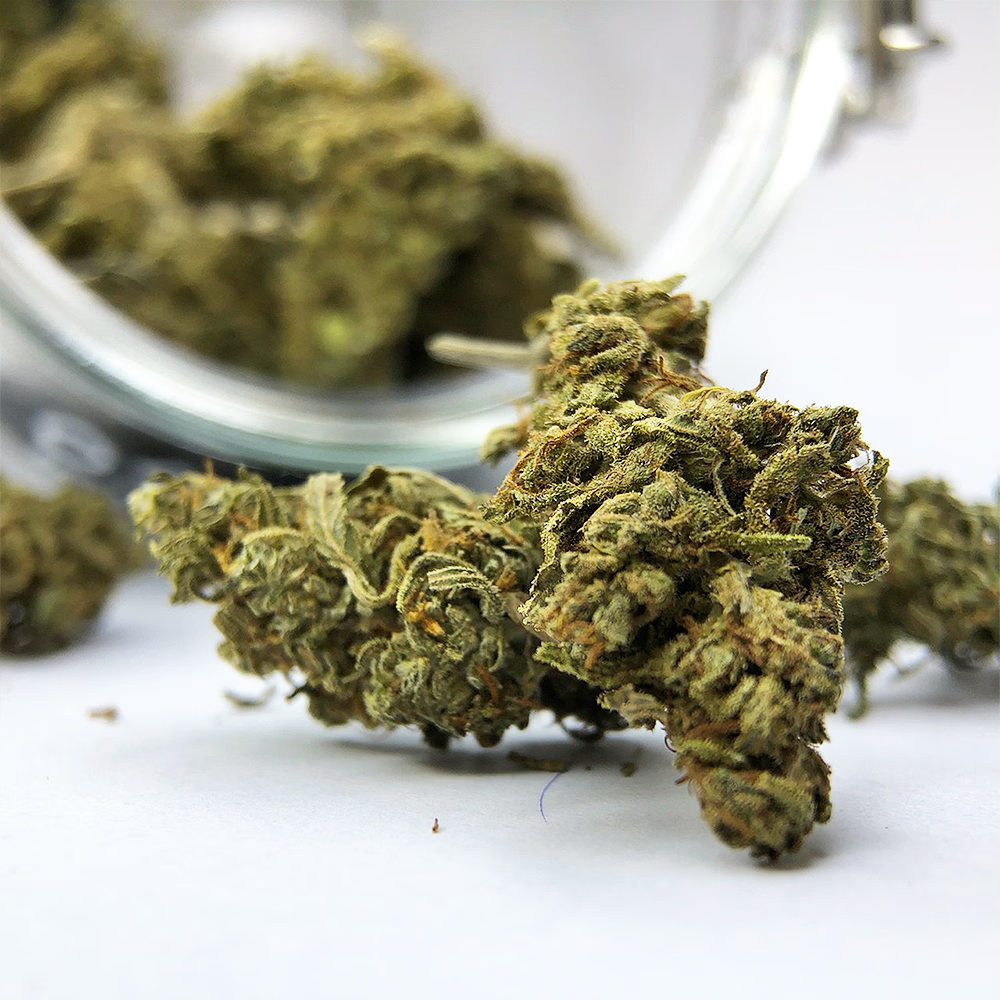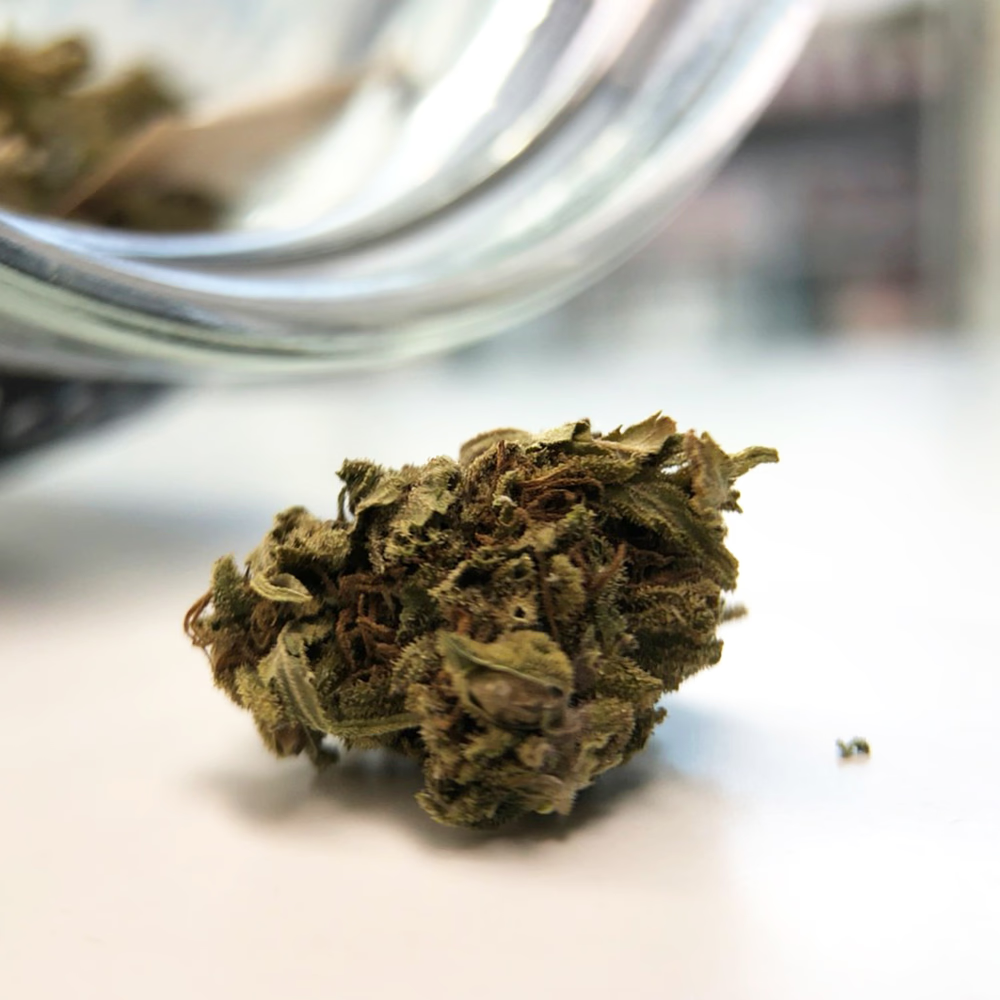What are the three primary extraction methods for cannabis
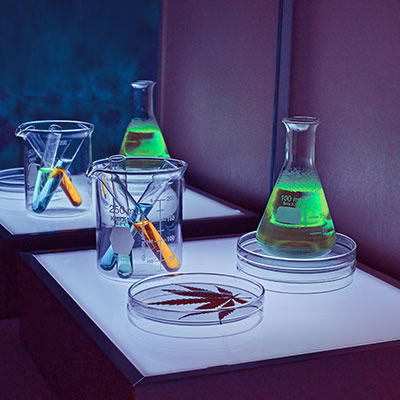
What are the 3 main solvents used to extract cannabis
With the cannabis industry's fast expansion comes the requirement to extract cannabinoids from the plant material. Solvents, which can dissolve substances to produce a concentrated solution, are necessary for this extraction procedure.
The three most popular solvents for extracting cannabinoids from cannabis plants—carbon dioxide (CO2), hydrocarbons, and alcohol—will be discussed in this essay.
Oxygenated Carbon (CO2)
Due to its adaptability and high safety rating, carbon dioxide has rapidly emerged as one of the most preferred solvents for extracting cannabinoids from cannabis plants.
To extract desired molecules such as terpenes, flavonoids, essential oils, waxes, and other components from the hemp or marijuana plant into an oil form, CO2 extraction uses pressurized containers in which both supercritical CO2 (which has properties between the liquid and gas states) and cannabis material are contained together at high temperatures.
The benefit of using CO2 over other solvents is that there is no risk of residual chemical contamination because all compound components evaporate when exposed to heat or pressure changes, leaving behind pure oils containing only desirable compounds and eradicating any potential toxins by using other techniques.
Furthermore, because of its quick processing time and capacity to create large quantities at once without compromising quality, it is the perfect option for commercial production facilities seeking to run smoothly.
Hydrocarbons
In hydrocarbon-based extraction procedures, raw materials like hemp or marijuana flowers or leaves are immersed in a solvent bath made mainly of butane or propane gas mixtures.
However, one drawback of hydrocarbon-based techniques is that they can sometimes leave behind trace amounts of their residue that may not be safe for human consumption if consumed directly from the final product - necessitating further post-processing steps like winterization before being fit for public sale.
The advantage here is that it can separate specific molecules more effectively than water-based procedures like ethanol extraction; however, one disadvantage associated with hydrocarbon-based techniques is that they can sometimes leave behind trace amounts of their residue (e.g., distillation).
Nevertheless, despite these drawbacks, many businesses have developed cutting-edge technologies using hydrocarbon mixtures that offer higher safety profiles than what was previously on the market, ensuring that customers always receive only the highest-quality products when they buy them online or from nearby retail stores.
Alcohol
Alcohol-based extraction processes are generally considered safer than their counterparts because they don't require any additional safety precautions beyond those already present when handling any flammable substance around your home or workplace.
This makes them desirable choices among smaller-scale producers without experience working with potentially hazardous materials. An additional advantage of using ethanol-based techniques is that they have higher yields than conventional water baths, giving users access to more cannabinoid-rich extracts per run than ever before.
Isopropyl Alcohol (IPA), Ethanol, Methanol, and others are frequently used alcohols. Still, before continuing on the production path, each should be handled differently based on the particular application's needs.
Today's three primary solvents to extract cannabinoids from cannabis plants are alcohol, hydrocarbons, and carbon dioxide. Choose carefully what best suits your needs before starting the project because each option has advantages and drawbacks depending on the circumstance.
4 Things You Need to Know about Cannabis Extracts
For both therapeutic and fun purposes, cannabis extracts are gaining popularity because they provide a concentrated form of cannabinoids with potent effects. Although cannabis extracts are typically regarded as secure, there are some crucial considerations to make if you're thinking about using them.
4 important considerations for cannabis preparations are listed below:
Recognize Your Source: Products made from cannabis extract are obtained from various sources, including cultivators and dispensaries. Make sure the product you buy is from a reliable source and is made in accordance with safety regulations like Good Production Practices by doing your research (GMPs). Additionally, look up online reviews or get brand recommendations from peers who use cannabis extracts.
Identify the Different Cannabis Extract Forms: There are many various cannabis extract forms available on the market today, including waxes, oils, shatter, distillates, edibles, and topicals, each with its distinct properties and effects. Understanding the sort of extract you're using will help you take the right dosage for your intended outcomes.
Start With Small Amounts: Cannabis extracts can be pretty potent, so start tiny when using them for the first time, just like with any new product or medication. THC or other cannabinoids in these goods can cause unpleasant side effects like nausea or dizziness when consumed excessively.
Discuss Use With Your Doctor: It is always advised that you discuss your choices with your doctor before taking any type of supplement containing THC if you have chronic pain or another severe health condition like epilepsy or cancer that may benefit from medicinal marijuana use (the psychoactive component found in marijuana).
To help them decide if this would be appropriate for your specific case, make sure they are aware of all prescription medications and nutritional supplements being taken.
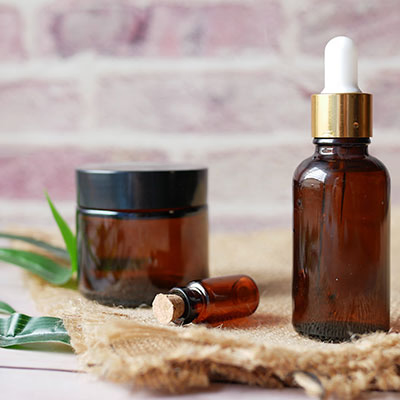
Cannabis Edibles and Extracts.
Cannabis has been used for millennia to treat a wide range of diseases and conditions. Still, the introduction of edibles and cannabis extracts has completely changed how people use and enjoy this well-known plant.
These products offer a variety of delectable choices that will tempt your taste buds, whether you're searching for a new way to experience cannabis' effects or want to try something new.
Cannabis extracts are potent forms of cannabinoids like THC and CBD that are removed from marijuana plants using a variety of techniques like solvent extraction or distillation. Oils, medicines, waxes, shatters, live resins, distillates, and other substances can all be used as extracts.
Since these products are primarily composed of pure cannabinoids, they typically contain greater concentrations of marijuana than other types. As a result, they have a more potent effect in smaller doses than flower or shake alone. It's still important to use caution when ingesting them, though, as their potency can vary widely depending on the product.
Cannabis edibles are food products mixed with cannabinoids, such as THC or CBD, and are intended to be consumed directly instead of smoked or vaped. Cookies, gummy candies, chocolate bars, brownies, beverages like teas or sodas, capsules, tablets, and elixirs are just a few examples of edibles that appear in all different shapes and sizes.
Edibles typically take longer than smoking or vaping due to digestion time. They can be made in a huge variety of ways, and some recipes even call for using oil-based extractions rather than flower or shake. In order to find the dosage that works best for your body chemistry, start slowly with first-time users and read labels closely before ingesting.
Overall, there is no clear winner when deciding whether to use cannabis extracts or sweets. Based on individual preferences, each technique has its distinct advantages and disadvantages that should be taken into account. While edibles provide much more long-lasting comfort, extracts typically produce more intense effects.
Additionally, both goods offer a cooking-related platform for creative expression! It is understandable why consumers today choose cannabis extracts and edibles so frequently given the seemingly limitless options accessible.
